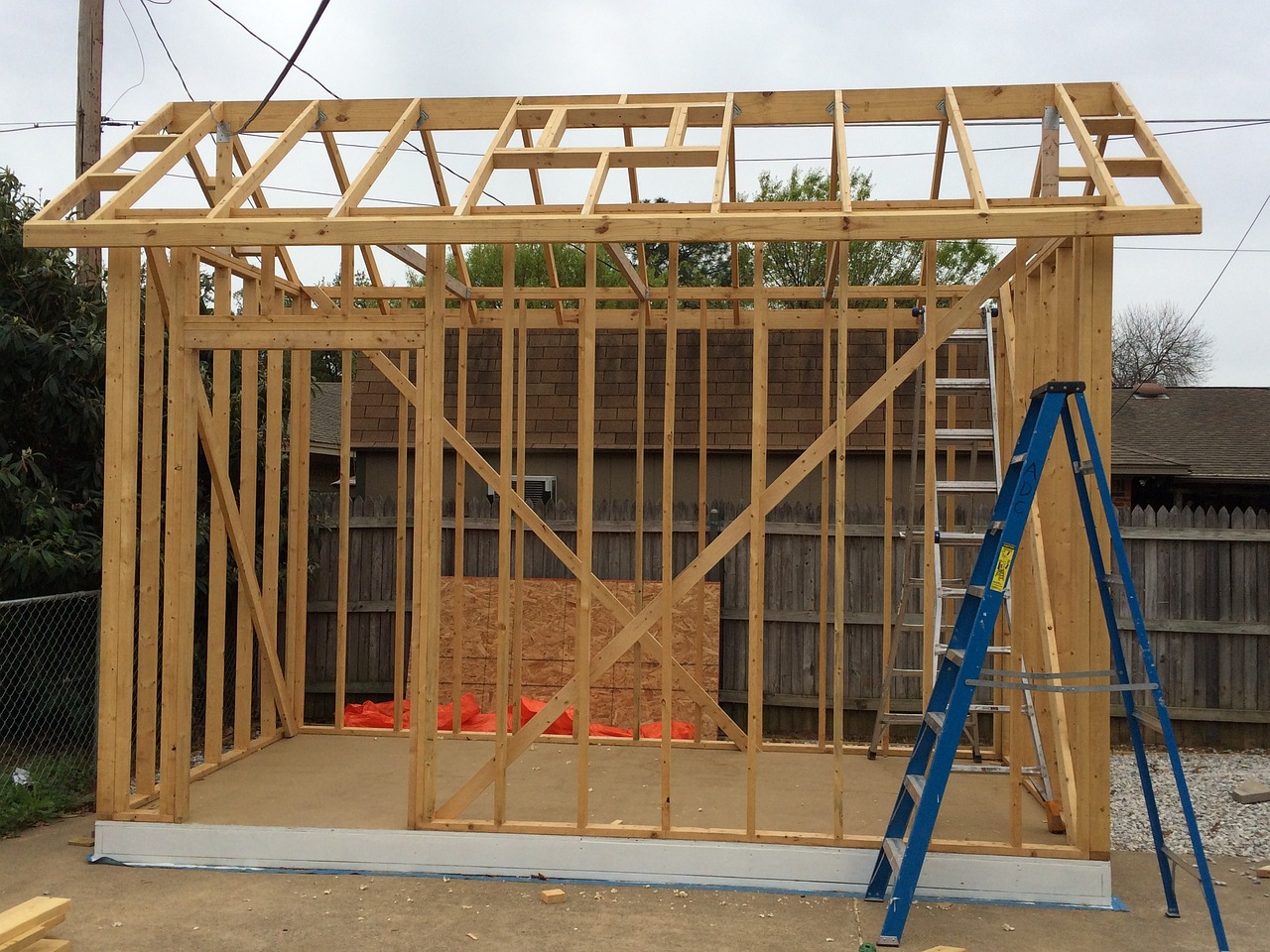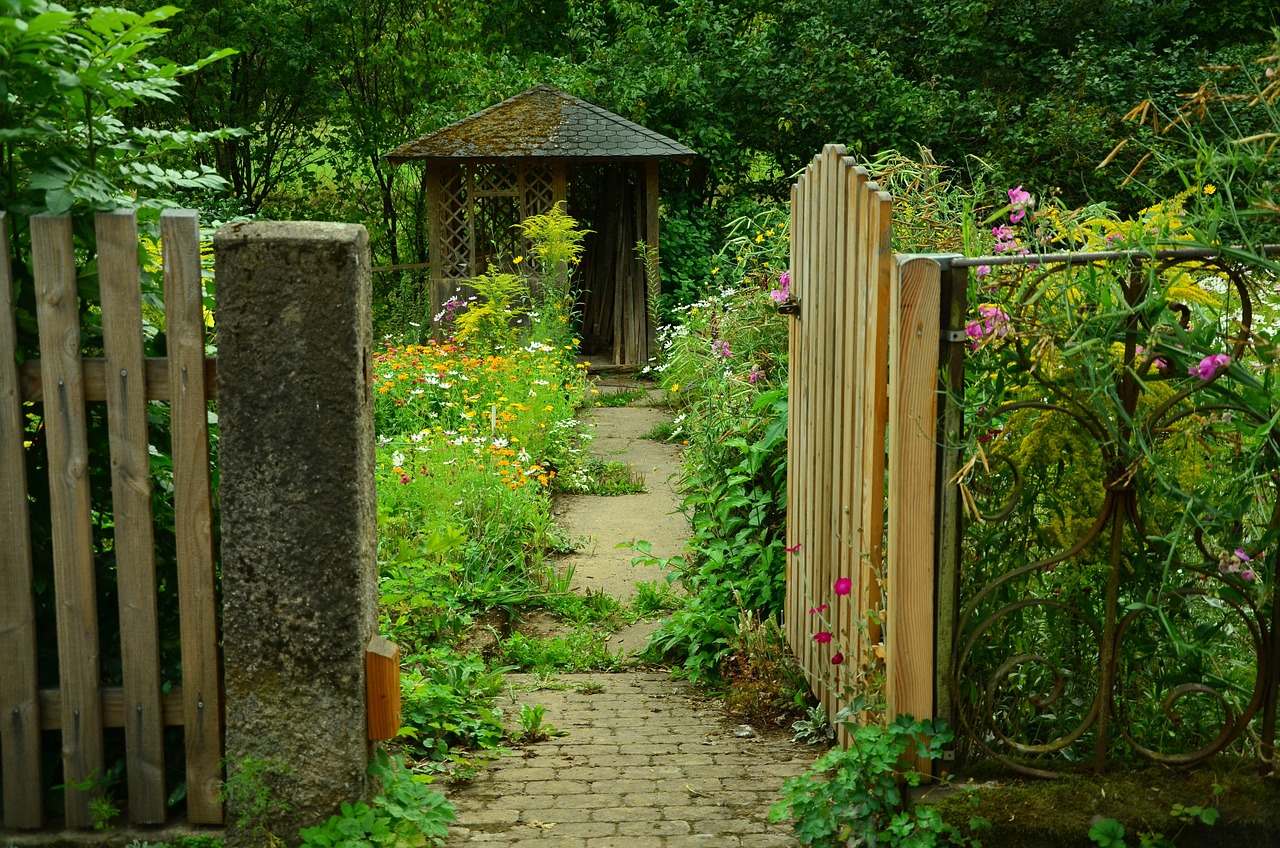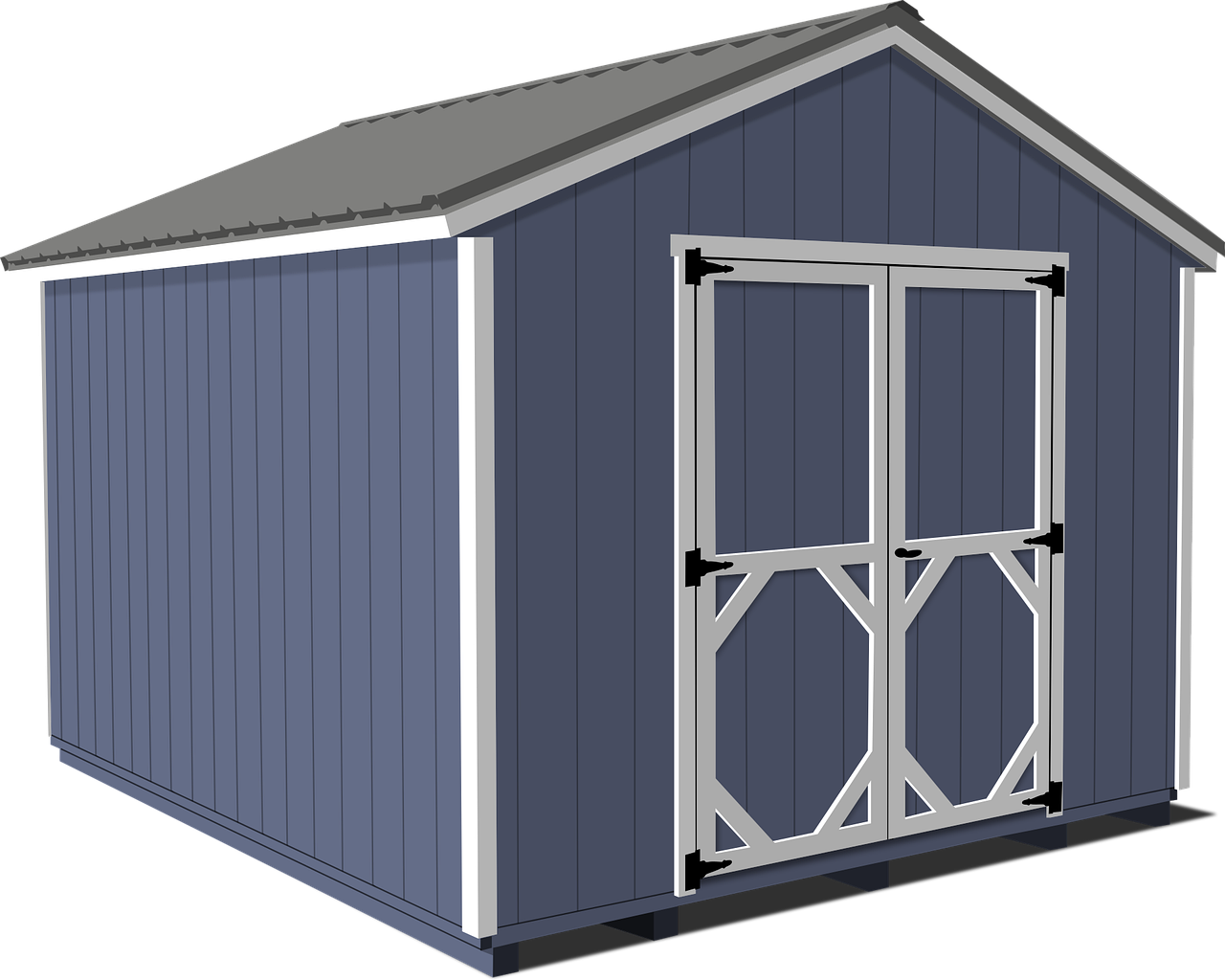Is Permitting Required For Sheds in Skagit, Island, And Whatcom Counties?
Considering adding a shed to your property? Do you live or own property in Skagit, Island, or Whatcom County? You've come to the right place! Whether for storage, a workshop, or to declutter your living space, extra space is always useful. That's why understanding shed-building regulations in these counties is crucial. Each county has its own set of rules and permitting processes for shed placement, which may include size limits, anchor placement, and building requirements. Let's explore what you need to know before starting your shed project.
Permit Requirements
Generally, these three counties do not require a permit for sheds 200 square feet or smaller. Here's a breakdown of the requirements according to the various planning departments.
Explore local shed companies like Graceland Portable Buildings Washington, Old Hickory Sheds of Washington, and Heritage Portable Buildings to find a shed that works for you.

Setbacks
Sheds must adhere to setback requirements dictating their distance from property lines, easements, and other structures. While shed companies may consider them "portable," the county views them as structures on your property. To comply, we simply need to follow some rules.
Setback regulations depend on shed placement. It's always better to have ample room around the shed. Another thing to consider is the importance of placing a shed the correct distance from property lines and other structures.
Other Considerations
Design and Construction
Even if your shed doesn’t need a permit based on size, it must comply with local building codes and regulations, including factors like structural integrity, roof pitch, and foundation requirements. This may also include tie-downs or "anchors" provided by the shed vendor. Check with the installer to see if calling 811 is required for a safe shed anchor installation.
Location
Find a location on your property that complies with local setback requirements. Ensure the shed is placed in an accessible location with a firm, clean area free of debris, bushes, or tree limbs. You should remove fence posts or other structures that could hinder delivery installers from accessing the property if you order a prefabricated shed.
Resale Value
A permitted shed adds value to your property. It can also make it more attractive to potential buyers if you decide to sell in the future. This can be especially true if it has been properly permitted as an accessory dwelling unit. Read this to find out more about the new ADU laws in Washington and how this can help add value to your property. ACCESSORY DWELLING UNIT ORDINANCES

HOA Restrictions
If your property is governed by a homeowners’ association (HOA), review any additional restrictions they may have regarding shed size, design, or placement. You may find it necessary to include a certain number or size of windows or possibly a height restriction. Sometimes, an HOA has smaller square footage requirements than the county. It is always best to know beforehand to avoid costly fines after the shed is placed.
Legal Compliance
Why Should I get a permit?
Building without a permit can result in fines, which could be charged daily or monthly. Consequently, you may be required to remove the structure if it doesn’t comply with your HOA or local regulations. While it may be tempting to skip the permit process for a small shed, there are several benefits to obtaining one. Stay on the right path and don’t run into any trouble with your local authorities or HOAs.
Safety and Quality
Permits will ensure that your shed meets minimum safety standards and construction quality. This will help to protect you, your family, your pets, and your property. It is also best to use the shed only for the purposes it was designed for. If it is marketed as a storage building, it is most likely not built with the same safety measures as a house. If you decide to modify your shed and make it a home, accessory dwelling unit, or other dwelling, you'll need to include some of those safety features. This could include proper egress, double-paned windows, insulation, firewalls, and other items.
Conclusion
Therefore, before embarking on your shed project, familiarize yourself with the specific regulations and permit requirements in your area. Keep in mind that there are city ordinances that may affect your ability to proceed with your project. By doing this, you can ensure a smooth and compliant process. You can then enjoy the benefits of your new shed worry-free without any unexpected setbacks or issues.


